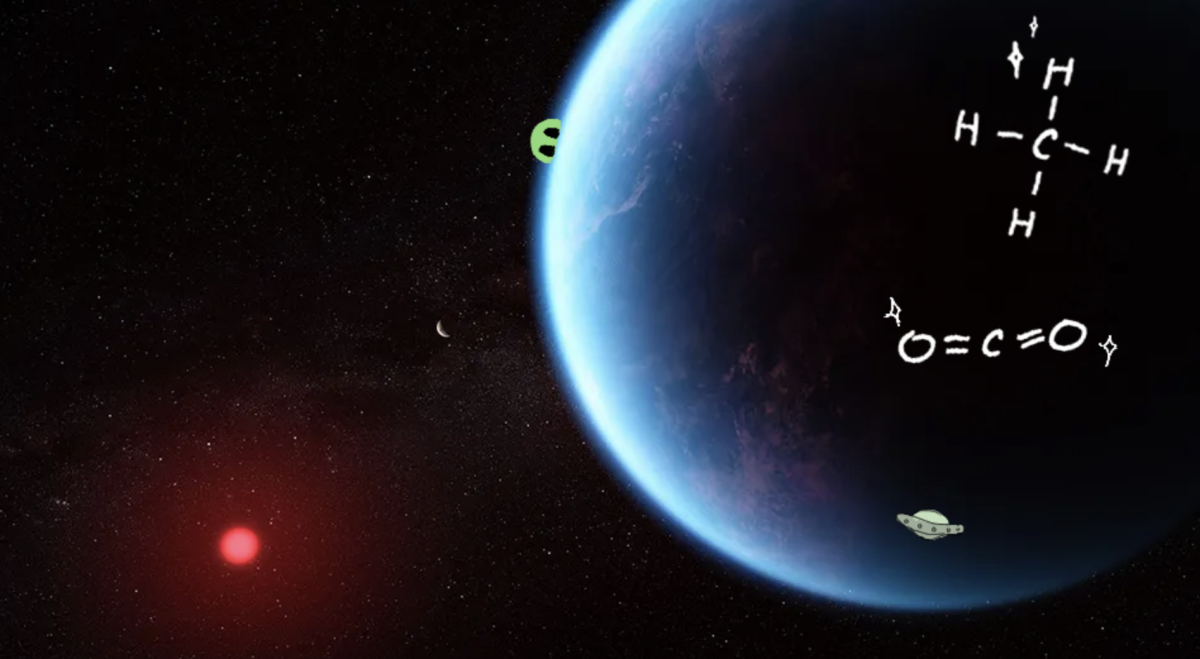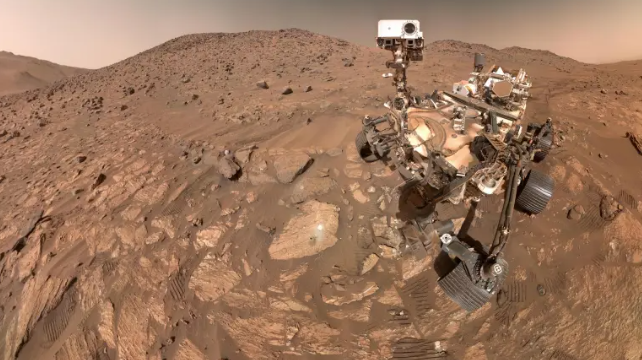The science fiction and extraterrestrial books and movies we all read and watch may not be so fictional anymore.
A large part of society, including myself, is fascinated by the prospect of other planets besides Earth housing human life. Not too long ago, scientists found evidence on Mars suggesting it used to have warmer temperatures and stable liquid surface water, meaning that many years ago, Mars may have housed life. The idea that life outside our planet could have been so close caught the attention of many, and it certainly still does. But new groundbreaking discoveries have not been present in media recently, at least until now.
NASA’s James Webb Space Telescope is the largest and most powerful telescope ever built, 100 times more powerful than Hubble. It was launched in 2021 and was so big it had to be folded origami-style to fit inside the rocket. It now orbits the Sun 1.5 million kilometers from the Earth. It uses infrared vision to look deep into the universe, peering back over 13 billion years to see the first galaxies born after the Big Bang. Since its launch, the telescope has unearthed black holes, nebulas, and stars located deep in our universe and captured countless never-before-seen images. This September, it brought us a new and fascinating discovery.
The James Webb Telescope discovered a molecule called dimethyl sulfide, or DMS, on a planet 120 light years away. This planet, named K2-18b, is nine times the size of Earth and already has signs that suggest it could support life, including warm temperatures, the presence of carbon and methane, and potentially liquid water. DMS on Earth can only be produced by life; the bulk of it in Earth’s atmosphere is produced by phytoplankton in marine environments. Furthermore, this is the first time astronomers have detected DMS in the atmosphere of another planet. So, the discovery of this molecule on K2-18b could be a clear sign of life on a planet outside our solar system. The University of Cambridge Profesor Nikku Madhusudhan, who led the research, told the BBC that confirming that the planet has DMS would be a “huge deal” and that more research will be needed.
The diameter of the observable universe is 93 billion light years, and it is constantly expanding. Although the James Webb Telescope contains groundbreaking and unprecedented technology, it can only look 13.6 billion light years into our universe. After less than a few years of the telescope being in orbit, it brought us a possible sign that life could exist somewhere else in the universe. But there is so much more to explore and millions upon millions of possibilities. Getting a confirmation that there is, in fact, DMS in the atmosphere of K2-18b is a massive step in our journey of discovery, but the journey will continue for many years to come.










